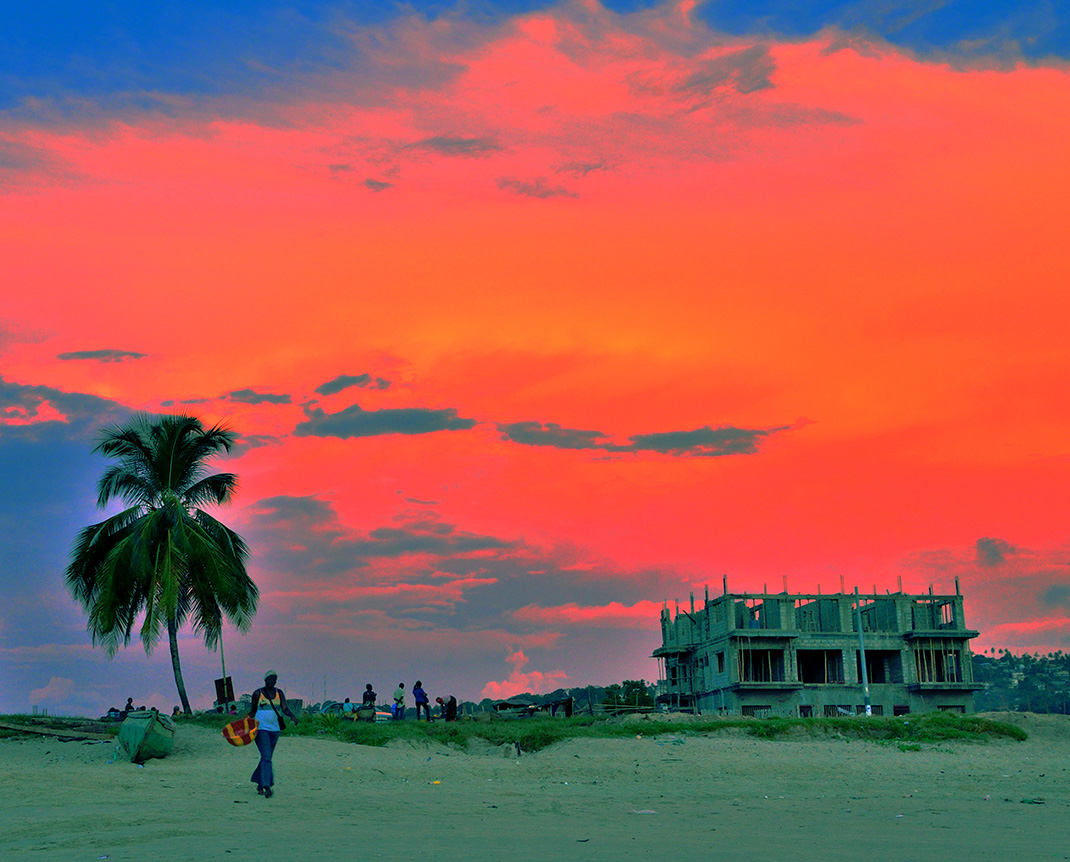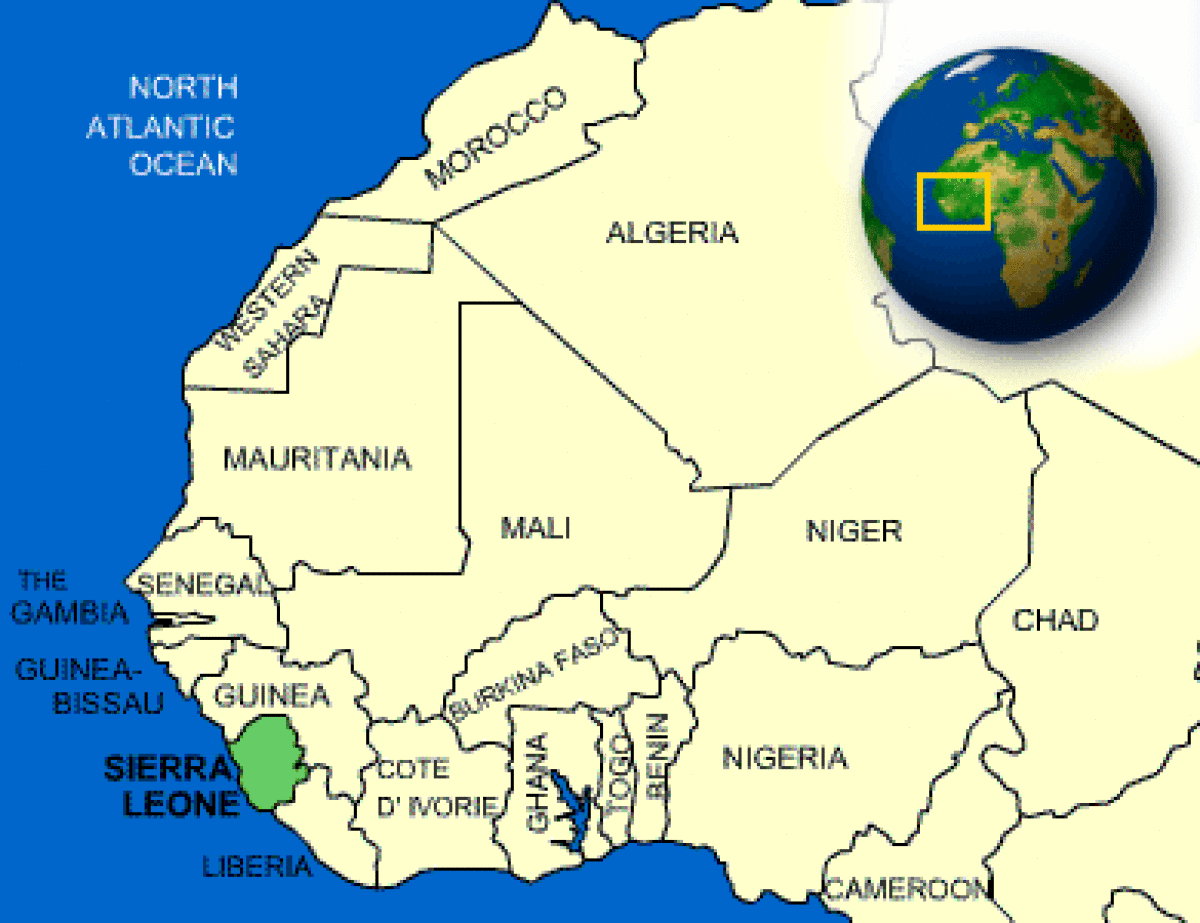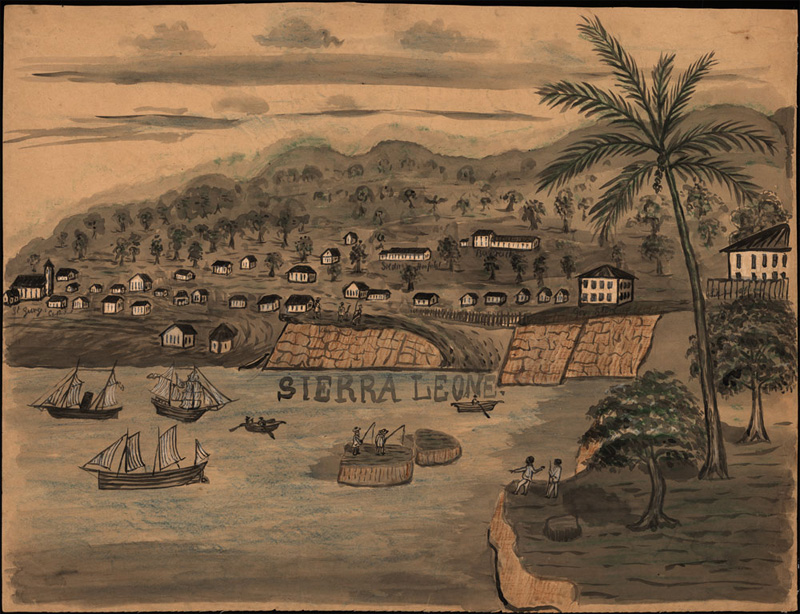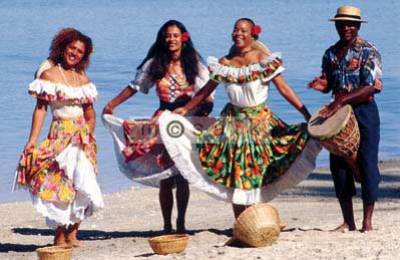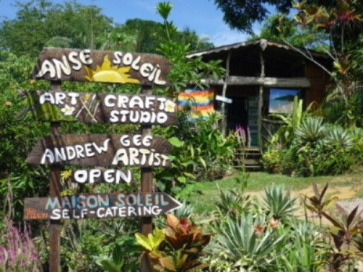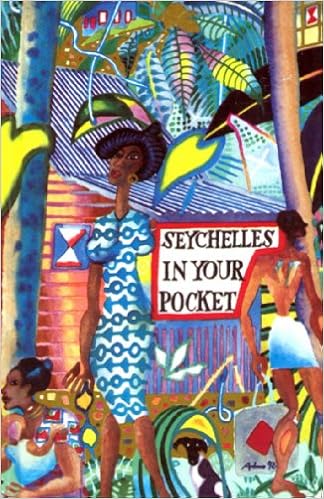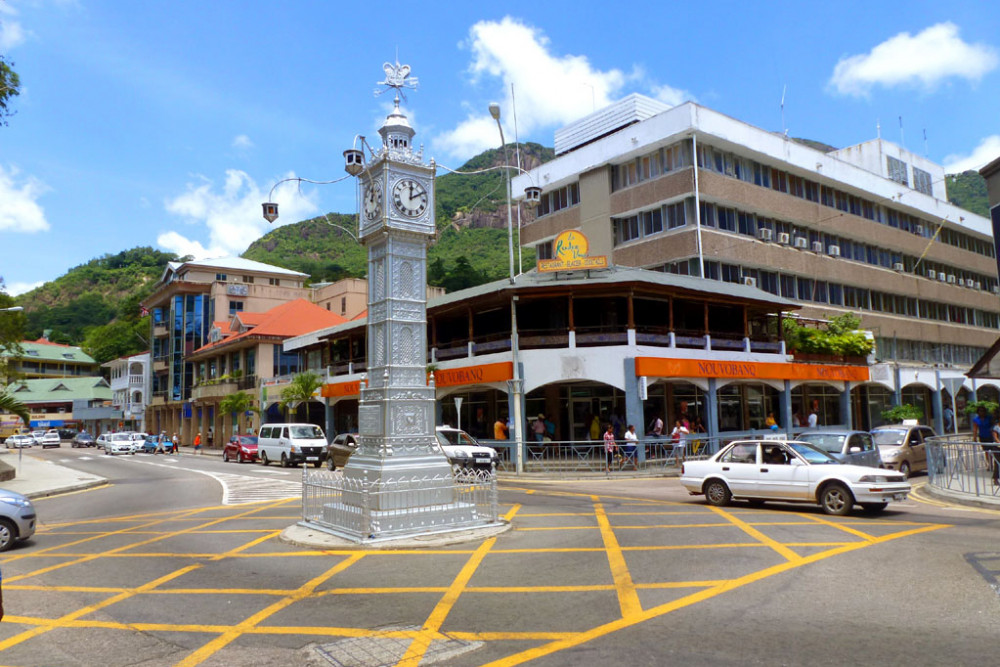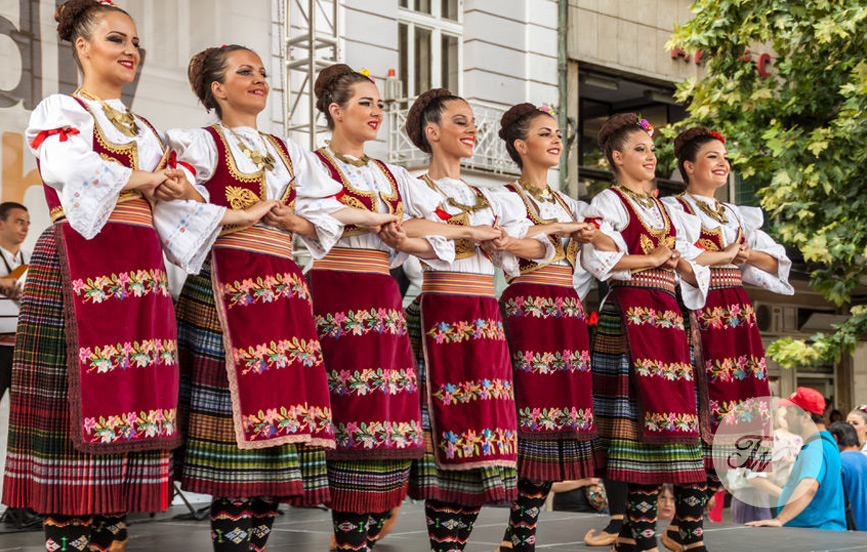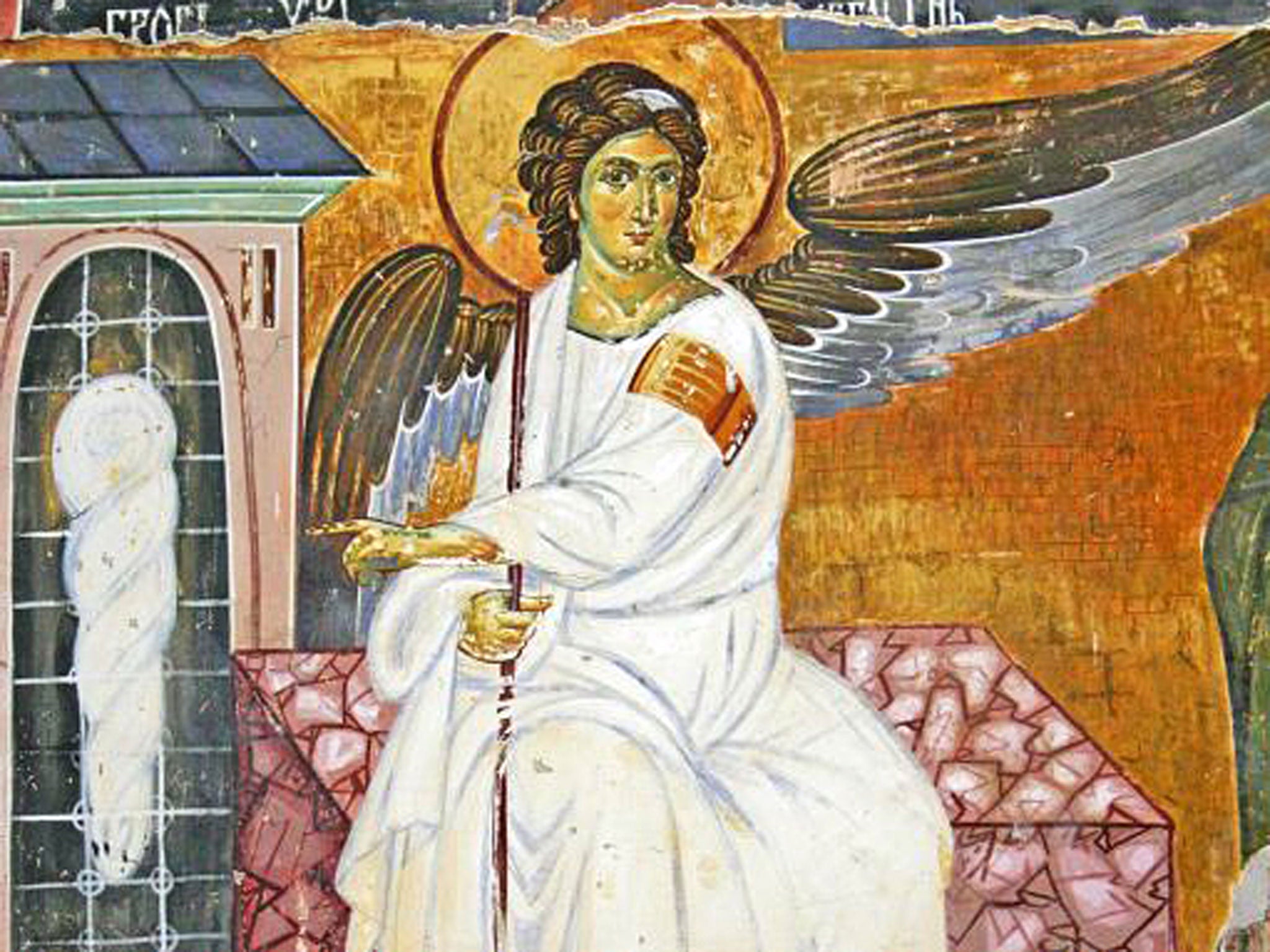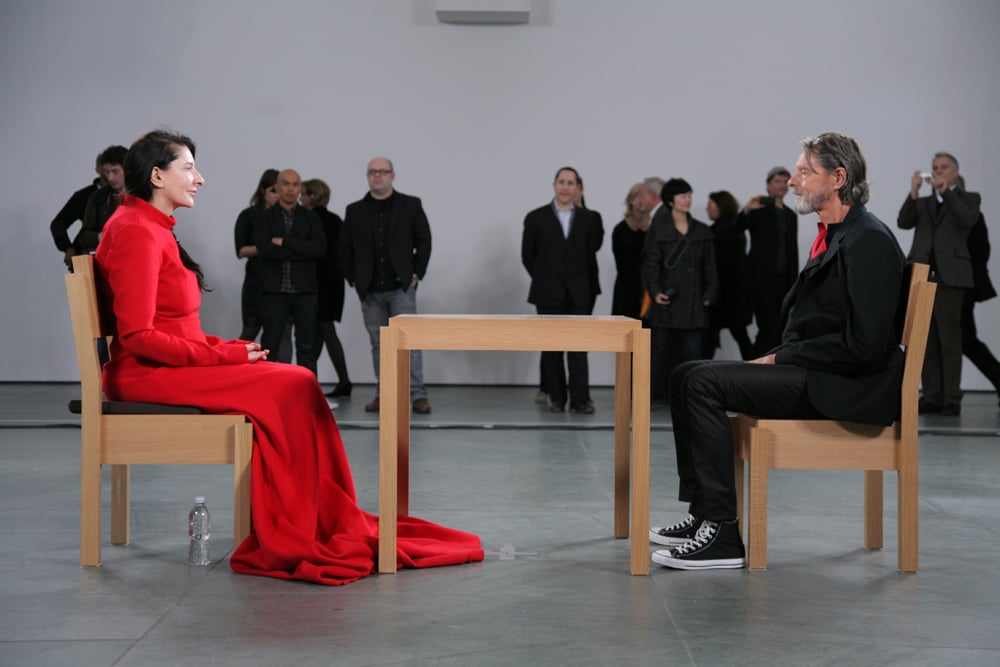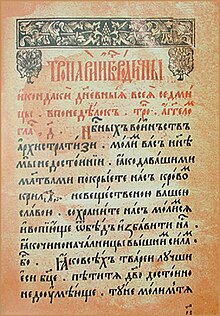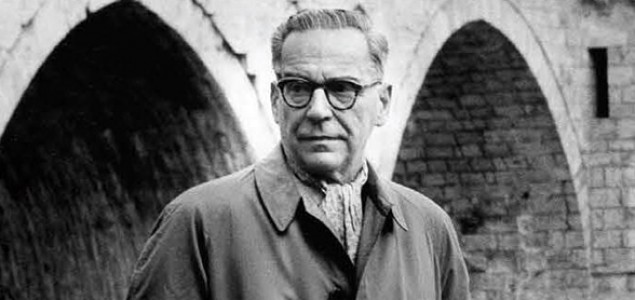Earlier this month,
I finished reading Graham Greene’s Journey
Without Maps. During the 1930s, he was sent to Africa and tasked with
mapping out and exploring the interior of Liberia. He had started out in
British-controlled Sierra Leone, gathered a crew to help him navigate his way,
and made their way through the jungles and villages in the interior parts of Sierra
Leone and Liberia. Outside of the coastal cities, all that the Americans,
French, and British had written about the interior of theses countries was very
little, just vaguely condemning the entire area as belonging to cannibals. I
love his way of describing what he saw and the people he met – and no, none of
them were cannibals.
Portuguese sailors
during the 15th century were the first Europeans to give this area a
name and called the hills near Freetown Serra
Leoa. It translates to “Lioness Mountains.” The Spanish later called it
Sierra Leona, and through a series of misspellings, it became known as Sierra
Leone. (To be fair, leone is the
Italian word for lion, so it’s still close.)
Sierra Leone is
located in West Africa, surrounded by Guinea to the north and east and Liberia
to the south. It has a significant coastline on the Atlantic Ocean. The country
has a variety of landscapes from mountains to river basins to lowlands to
swamps, forests, and farmland. They have a tropical climate divided into a
rainy season (May to November) and a dry season (December to May). During the
dry season, they experience the harmattan winds that come off of the Sahara
Desert.
People have been
living in this area for about 2500 years, having migrated from other areas of
Africa. Many of them belonged to the Mande group of people. Islam was
introduced through the Mali Empire and became widely established during the 18th
century. As the Europeans arrived (mainly the Portuguese, Dutch, French, and
British), they set up trading posts throughout the area. Of course, the all
three countries helped facilitate the African slave trade between various
points in West Africa and the West Indies. After the United States won its
independence, there were quite a few freed African slaves who fled to Canada.
These Black Loyalists of Nova Scotia, tired of Canadian winters and continued racism,
decided they’d rather deal with whatever Africa had to give them over that hot mess.
Known as The Settlers, they set up the city of Freetown and established their
lives like what they learned how to do when they were slaves in the American
South. It was a rough process of getting themselves established, and the
British didn’t offer much help or support (of course not). They were still
threatened from outside groups with re-enslavement. During the 1790s, they held
their first election—including women. The British were reluctant to let them
take freehold of the land, and then sent in 500 Jamaican Maroons. And when the
British abolished slavery, they dumped more recently freed slaves into Sierra Leone,
many sold as apprentices or forced to join the Navy. During the 19th
century, a new ethnicity of mixed cultures emerged, and they called themselves
Krio (Creole). The British turned Sierra Leone into a colony, and Freetown
became a regional center, building it up and creating a European-style city
complete with markets and universities. It later became a British protectorate,
often butting heads with tribal leaders of taxes and land control. During the
1950s, Sierra Leone began drafts of pulling away, as many colonial states were
doing in Africa, and they finally gained their independence in 1961. While
things generally started out fine, it didn’t take long for all hell to break
loose and someone to establish a one-party system. For nearly the first 30
years, politics in Sierra Leone were met with riots and corruption and coups,
followed by a decade-long civil war during the 1990s. It took a long time to
recover from the civil war, which left the country in a state of disarray and
inadequate infrastructure and stability. In 2014, they suffered terribly from
the Ebola epidemic that hit many areas of the West African coastal countries.
Freetown is Sierra
Leone’s largest city and capital with a population of around 1.5 million people.
It’s also an important port city, located on a harbor of an estuary of the
Sierra Leone River. The city is known for Kings Gate, in which former slaves
who walked through the gate were considered freed; The Cotton Tree, representing
when the city was christened in 1792; Fourah Bay College, the oldest university
in West Africa; and Connaught Hospital, the first hospital to utilize modern
medicine in West Africa.
Sierra Leone’s
economy has been struggling to recover since their civil war ended in 2002.
High unemployment and slow financial infrastructure (like establishing credit
systems) have impacted the growth of their economy. They do receive aid from
other countries, however. Agriculture (mainly in rice production) and mining
(mostly in diamonds and rutile, a type of titanium ore) are huge economic
drivers. While many areas of Sierra Leone’s transportation infrastructure have
been built up in the urban and coastal areas, there are still many areas of
unpaved roads and rudimentary airports.
Technically a
secular state, the main two religions are Islam and Christianity. Islam (mostly
Sunni) is far more practiced though, with nearly 78% of the people adhering to
the religion. A little more than 20% of the population follows Christianity
(mostly various Protestant denominations), while a small number of people still
stick with indigenous African religions. However, while people may come from
different religions, there is a high religious tolerance in Sierra Leone and
has strict guidelines on hate speech against other religions.
Because Sierra
Leone was once governed by Britain, English remains the official language. Krio,
a Creole made of combining English and several other African languages, is the
most widely spoken language. Nearly 90% of the people speak it and use it in
everyday living. It was actually used as a lingua franca in the early days of
the country when it was set up during the 1700s.
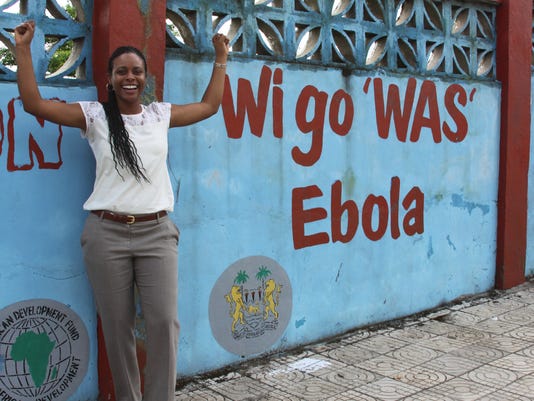 |
| It says "We will defeat Ebola" in Krio. |
Mentioned in Journey Without Maps, Sierra Leone’s
dense interior and tropical climate makes it a deep haven for various diseases
like malaria, yellow fever, hepatitis A, typhoid fever, and Ebola. Rabies,
dengue fever, and schistosomiasis are also commonly found there as well. Sierra
Leone, Liberia, Guinea and other nearby countries often struggle with managing
these diseases, but their infrastructure, political instability, and lack of
medical resources makes it hard to combat them. I remember reading an article
about the 2014 Ebola outbreak, and in some cases, there were only a handful of
doctors with supplies available in the entire country. While quarantines helped
stop the flow of people into and out of the country, it also made it more difficult
to get supplies and people to help. It was a very scary time. But we could be
doing more to help.
Up next: art and literature
